Kona Coffee Living History Farm
Try your hand at old-fashioned coffee growing at this museum devoted to one of the world's most coveted beans.
The roof of a coffee mill emerges from among the tropical greenery of Hawai’i’s “Big Island,” providing visitors with a hint of the lush land’s agricultural history. The mill was built to process the treasured Kona coffee beans that grow here, in the “Kona Coffee Belt” nestled between the Hualalai and Mauna Loa volcanoes.
The Kona Coffee Living History Farm offers visitors a peek into this history, re-creating life as it would have been lived by the Uchida family who once farmed this land. It celebrates generations of small homesteaders, many of them Japanese immigrants, who helped turn rich volcanic soil into one of the most prized coffee-producing regions in the world.
In the 1890s, the world’s coffee markets faced a dramatic downturn. Across Hawai’i, which had been producing coffee since the mid-19th century, big coffee plantations began to fail. The land was divided up, and small farmers took over the industry. Among these farmers was the Uchida family, who leased this land in 1913 and eventually donated it to the Kona Historical Society. The Living History Farm offers visitors a hands-on peek into the agricultural methods they employed to produce the rich, fragrant beans the Kona region is known for. Besides the Uchidas’ historic farmhouse, the farm includes a kuriba, or a coffee processing mill, a hoshidana, a coffee drying platform with a portable roof, and coffee trees that continue to produce fruit.
Costumed interpreters guide visitors through fixtures of daily life for the Uchidas in the years between 1925 and 1945. Visitors can water vegetable gardens, plucking ripe pineapple and crunchy bok choy. They can also say hi to Shizu the donkey, a modern-day descendent of the “Kona Nightingales,” donkeys so dubbed for their constant brays as they transported coffee beans around the Kona farms. Finally, visitors can actively involve themselves in the daily life of these historical figures with hands-on activities, including coffee roasting, Japanese pickling, tofu making, and more. These activities don’t just offer visitors a window into the history of the Kona industry—they also, perhaps more importantly, are a tribute to the immigrant communities without whom the industry wouldn’t even exist.
Know Before You Go
Check the website for hours and admission fees.
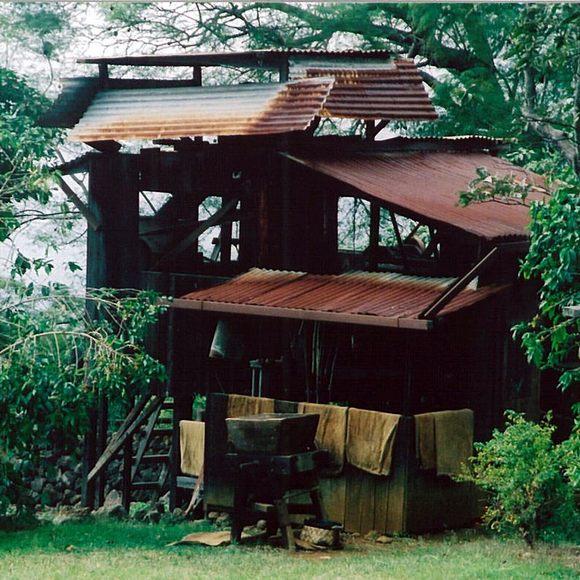

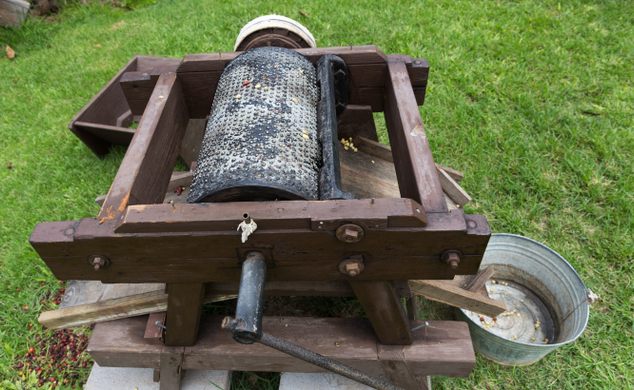

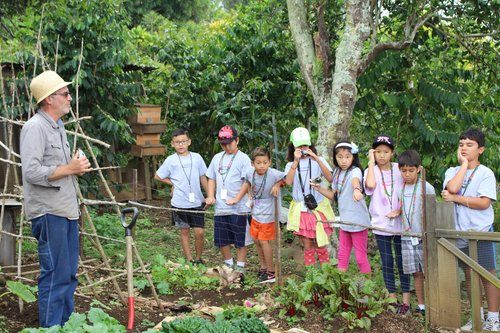
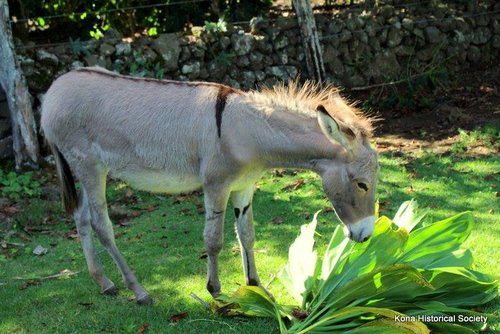
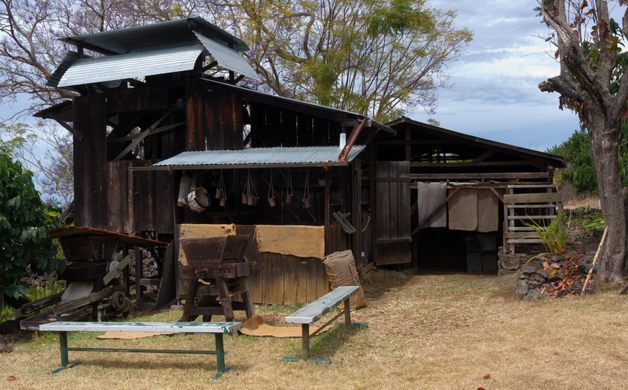

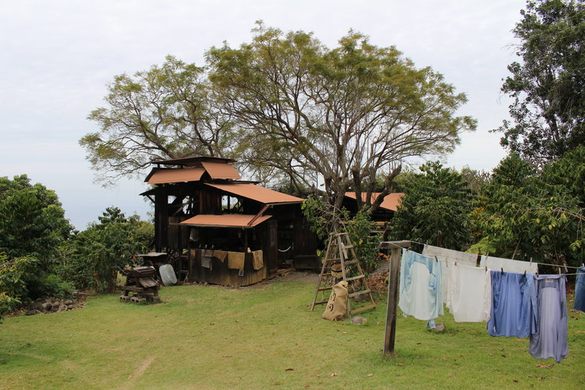





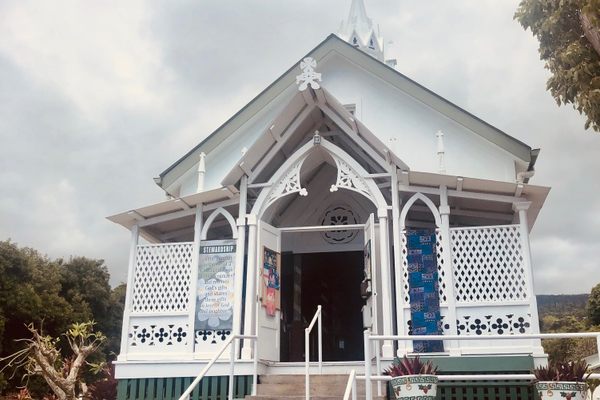

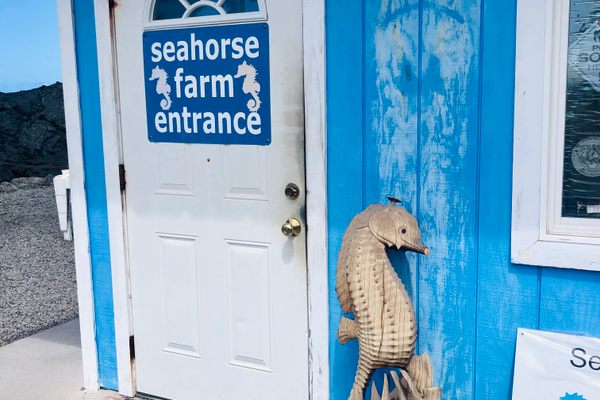





Follow us on Twitter to get the latest on the world's hidden wonders.
Like us on Facebook to get the latest on the world's hidden wonders.
Follow us on Twitter Like us on Facebook